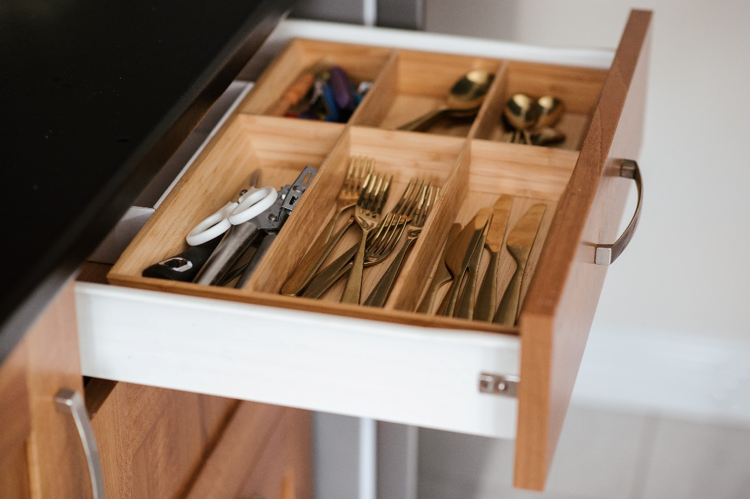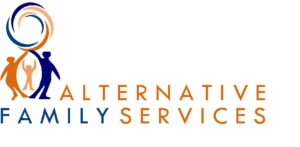Your California Foster Care Home Inspection Checklist
This California foster care home inspection checklist is for anyone looking to become a Resource Parent. Before you can be approved as a Resource Parent, you need to go through a home inspection.
But what, specifically, will home inspectors be looking for? Here’s a helpful checklist for you to review before your home inspection occurs. If you can say yes to all of the below, then you’ll be sure to ace your home inspection.
Overall House Overview for Prospective Resource Parents:

What does your house need to look like in order to be a Resource Parent? Here’s an overview.
- Is the home overall clean and sanitary? Can the home be cleaned easily?
- Are there no obstacles or obstructions in hallways and passageways that make movement difficult?
- Are guardrails/handrails available on staircases?
- Is the home’s setup and décor appropriate for children?
- Are electrical sockets childproofed?
- Are all parts of the home well lit?
- Are functioning smoke detectors and carbon monoxide detectors found throughout the house?
- If there’s an outdoor area, is it free of obstructions or objects that could cause harm to a child?
- Are screens and windows in good working condition?
- Are windows properly secured, so that a child cannot fall out the window or otherwise defenestrate objects?
- Is there a first aid kit in the house that contains all essential items?
- Are sprinklers, fire extinguishers or other fire suppression methods available and functional?
- Is a telephone accessible? Are emergency numbers clearly marked and labeled?
- Are weapons such as firearms safely and properly stored?
- Is there a way to keep the home from getting too hot or too cold? Are temperature control systems in good working order?
- Is the home pest-free?
- If there’s a pool or hot tub on premises, is it properly secured and maintained?
- If there are pets in the home, are they well behaved and suitable to be around children? Do they have all their shots?
- Is the home free of smoke and smoking paraphernalia?
- Does the home have adequate ventilation?
- Does the home have adequate car seats and/or strollers if necessary?
- Are you able to wash a child’s clothes in a timely fashion?
- Does the home have proper and adequate escape routes in case of a fire or other emergency?
- If there is a motor vehicle in the home, is it in good condition and properly insured?
- Are fireplaces properly secured and ventilated?
- If there’s a fence, is it in good condition?
- Is all paint in the home lead free?
Kitchen Checklist

Kitchen Checklist for Prospective Resource Parents
- Is there running water in the kitchen? Is the water from the faucets hot enough to scald or hurt a child?
- Is there a trash can with a lid?
- Are items that could potentially poison or injure a child, like bleach or medication, stored in a locked cabinet or otherwise inaccessible to children?
- Are knives and sharp cooking instruments safely stored out of reach of young children?
- Are all foods properly stored and covered as necessary?
- Is the water in the home safe for human consumption?
- Is alcohol and other controlled substances kept safely and securely away from youth?
- If there are large freezers, are they secured and inaccessible to small children?
Bedroom Checklist
- Is there enough space in each bedroom? There can now be up to four kids in one room (especially for siblings), and kids of opposite gender in a sibling group can now share a room.
- Is the bedroom space just used as a place for sleeping and not as a general room in the house, office or other public space?
- Are beds clean and in good repair?
- Are sheets, linens, mattresses and pillows clean and in good condition?
- Do young children such as infants and toddlers have a proper place to sleep like a crib?
- Do bedrooms contain dressers, wardrobes or other similar furniture with ample space for all of a child’s belongings?
- If bunk beds are in place, do they have functional guardrails and are they only for older children?
- Is there unrestricted access to common areas from bedrooms?
- Are beds large enough for the child?
Bathroom Checklist
- Is the bathroom clean and in good working order?
- Are mirrors and other glass effects in good condition and free of cracks?
- Are cleaning materials, medications, razors and other effects that could potential harm a child safely and properly stored?
- Do bathtubs and showers have grab bars or no-slip mats?
The full checklist from the State of California Health and Human Services Agency can be found here.
Home Inspection Tips
While this checklist may seem like a lot, it’s important to note that certifying agencies are first and foremost looking at safety. They really just want to be sure that the home a child will be in is safe and can meet their needs.
It’s also important to note that the home inspection will vary depending on the age of the child. If you’re planning on bringing a newborn, infant or very young child into your home, then a home inspector will conduct their review with that age range in mind. The home approval process for older foster youth can look much different.
The home inspection process can be different, too, depending on your relationship with the child. In particular, with kinship care (when a family member is becoming a Resource Parent), the home inspection process can sometimes be expedited.
Let’s dig into the costs here. While private agencies, especially those focusing on adoption, may charge you for a home study, it’s unlikely that you will incur any costs for a foster care home inspection. In the rare instance that any costs do arise, talk with the foster family agency or other representative.
While the home inspection is a key part of the Resource Parent approval process, it’s not the only step. Expect to receive training, get credentials like First Aid/CPR certifications and go through background checks, among other steps. To learn more about the application process and to get started on the path to becoming a Resource Parent, head to https://www.afs4kids.org/become-foster-parent/ or give us a phone call at 1-800-300-1022.
Interested in learning more? Check out these blog posts and videos for more guidance:
- What is a Resource Parent?
- Unpacking Foster Meaning
- What Can Be Done to Help Children in Foster Care?
- Understanding the Foster Parent Experience
- What’s Needed to be a Good Foster Parent
- 29 Surprising Foster Care Facts
- Guardianship vs. Adoption vs. Foster Care: What are the Differences?
Have any other questions for us? Let us know on social media! We’re active on Facebook, Twitter and Instagram, and would love the opportunity to answer any queries you may have.
About AFS
Alternative Family Services (AFS) provides thoughtful, informed foster care, adoption and mental health services throughout California’s San Francisco Bay Area and Greater Sacramento region. Since 1978, the mission of AFS has been – and continues to be – to support vulnerable children and families in need of stability, safety and well-being in communities through foster care, adoption and mental health services.
Sources:
- https://fosteringtogether.org/wp-content/uploads/2013/03/Forms-Foster-Home-Inspection-Checklist.pdf
- http://dpss.co.riverside.ca.us/files/pdf/csd-fosterorientation-packet-en-2013.pdf
- http://www.fosterparents.com/articles/index52fcs.html
- https://adoption.com/forums/thread/365021/advice-on-home-inspection/
- https://www.childwelfare.gov/pubPDFs/homestudyreqs.pdf
